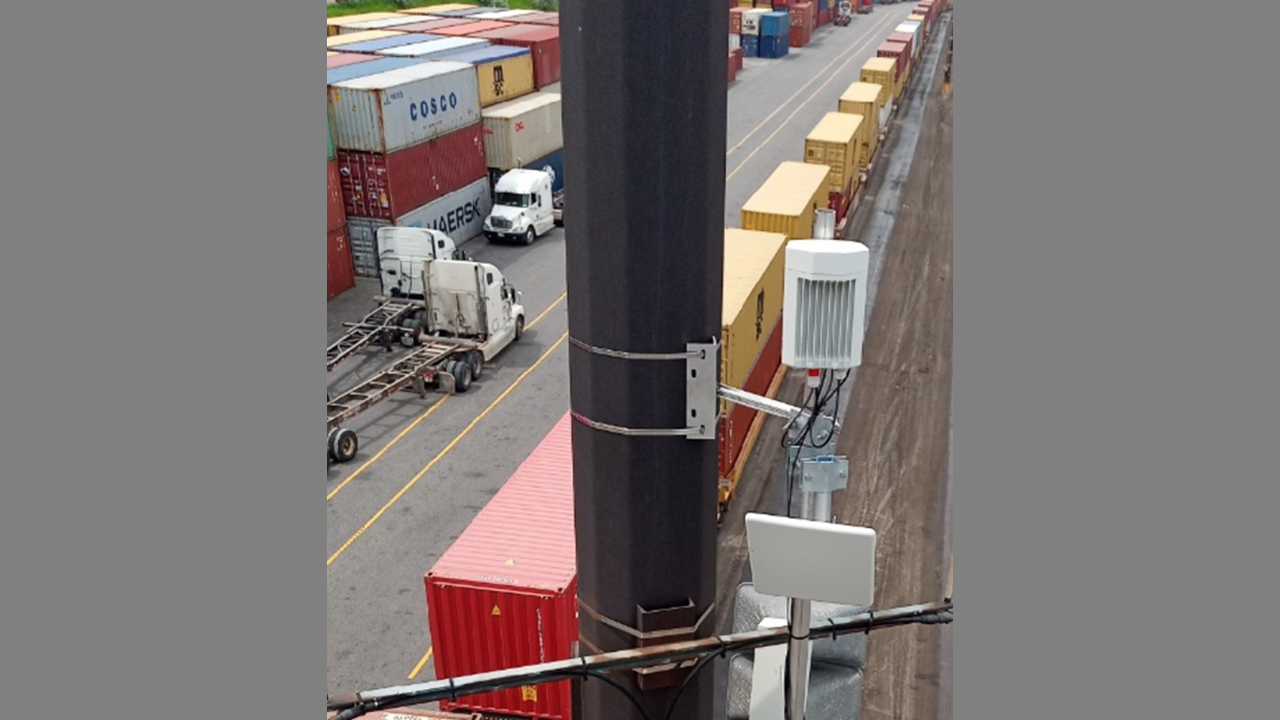
Don’t Stop the Trains
Written by Bruce Collins
Something you don’t want to hear: “Please hold all train traffic while we trench under the tracks to install this fiber optic cable.”
Ports and railyards are busier than ever, and new applications are emerging every day that require additional data whether it is asset management, employee safety, or operations and control efficiency.
From the port of Los Angeles to a railyard in Chicago to an intermodal facility in Kansas City, the freight railroads are seeing the highest level of container traffic in decades (despite the second-half 2021 downturn created by global supply chain problems). This critical supply chain for the economy in North America demands reliable wireless communications to keep goods flowing to consumers. These railroad facilities present major challenges for wireless communication because of the high RF noise that can impact the quality of service.
One Class I freight rail company operating in Canada and the United States found an alternative solution to help eliminate wireless congestion and improve the capacity in one of their facilities from a few megabits of capacity to multi-gigabits. Not only did the railroad improve the wireless system, but it now has additional ethernet capacity to operate high-resolution video surveillance systems in the yard.
The railroad used 60 GHz mmWave* networking technology to deliver multiple Gbps capacity with resilient distributed paths. This is a technology that can be installed fast with the use of electronic beam-steering to make alignment accurate and efficient.
With new wireless technologies available today to provide multi-gigabit broadband to some of our country’s most critical infrastructures, there is no reason why railroads should be left behind. At a time when supply chains play such a critical role in our economy, railroads can use wireless technology to modernize their infrastructure, maximize fleet efficiency and performance, provide better video security at facilities across their network, and increase worker productivity.

Bruce Collins serves as a Senior Director of Product Management at Cambium Networks, a global provider of wireless networking solutions.
*The term mmWave, for “millimeter wave,” refers to a specific part of the radio frequency spectrum between 24GHz and 100GHz, which has a very short wavelength. This section of the spectrum is largely unused, so mmWave technology aims to greatly increase the amount of bandwidth available. Lower frequencies are more heavily congested with TV and radio signals, as well as current 4G LTE networks, which typically sit between 800 and 3,000MHz. Another upside of this short wavelength is that it can transfer data rapidly, though its transfer distance is shorter. MmWave and 5G are often used almost synonymously, but there are key differences between the two, as mmWave is just one technology that 5G networks can use. – William C. Vantuono



